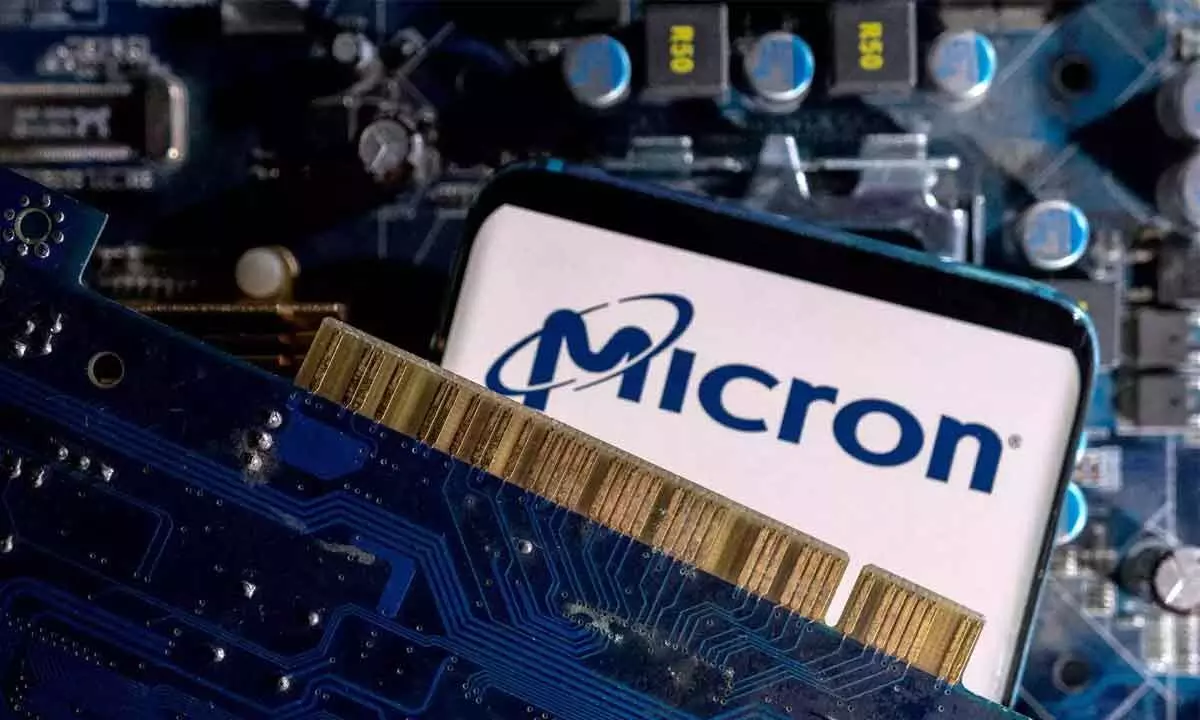Micron story is inspiring, but a systemic improvement is a must
image for illustrative purpose

The construction work of Micron’s semiconductor unit, which is in full swing, at Sanand in Gujarat is expected to be completed within the next 12 months. The project has the potential to become a game-changer, not just by giving a fillip to ‘China plus one’ policy and friend-shoring but also in boosting manufacturing in India. The Union Cabinet had approved the proposal for setting up a semiconductor unit with a capital investment of Rs. 22,516 crore in June. The pace at which things moved is a testimony to the government’s seriousness about the project. The ground-breaking of the unit took place within three months of the cabinet clearance. The Central and state governments are partners in the form of fiscal support. The US-bas Micron has committed to invest $825 million in India. This jells with the Centre’s $10-billion incentive plan to woo global chip makers. The Union government had announced a production-linked incentive (PLI Scheme), Modified Programme for Semiconductors and Display Fab Ecosystem in December 2021 with a total outlay of ₹76,000 crore. In September 2022, incentives were enhanced in order to attract more global investors.
Unlike in many other sectors for which PLI Schemes were announced, it seems to be working in IT hardware. More than 30 gasses, chemicals, equipment, substrate manufacturing, and other ancillary industries are in various phases of discussion for setting up facilities in Gujarat. Also, agreements for ensuring project milestones are met timely and for disbursement of incentives have also been signed. The government expects the Micron unit to create up to 5,000 direct and 15,000 indirect job opportunities over the next five years. Apart from the India Semiconductor Mission, the Gujarat government, and Micron, the academia is also involved in the project with the objective to train about 10,000 engineers. Evidently, the Central government is keen on an industry-academia interface.
IT Minister Ashwini Vaishnaw had said in September that the Sanand plant’s success would highlight India’s rapid execution ability, potentially accelerating foreign investments. “There are incentives for domestically produced chips under the IT hardware production-linked incentive scheme. An influx of companies is headed to India for hardware manufacturing, intending to leverage the facility for chip supply. Sectors such as automotive stand to gain from cost efficiencies and a reliable, streamlined supply chain.” That may be true, but it is also true that chip making is an area which even Prime Minister Narendra Modi wants to promote zealously. This is the reason that Micron was able to speed up the process of setting up its manufacturing facility. The government’s intentions and execution are indeed laudable, but it also underlines an unlovely aspect of our system: for anything to move, push from the very top is a prerequisite. The success of Maruti is also attributable to the direct interest shown by the then prime minister Indira Gandhi. The success of the Maruti story—and other similar stories—does not obliterate the fact that our system is not very conducive for growth and expansion of businesses, especially in the manufacturing sector.
Therefore, while the government must continue to promote a few sectors, it must also take measures for a systemic periodical improvement.

